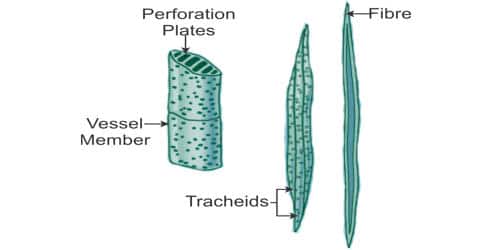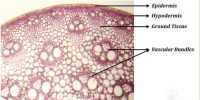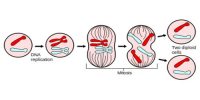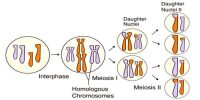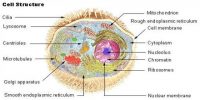Tracheids and vessels are two types of conducting elements found in the xylem of plants. Tracheids are one of the two conducting elements in the xylem of angiosperms. Vessels are the other type of conducting elements found only in angiosperms. Both tracheids and vessels are involved in providing mechanical support to the plant as well.
Difference between Tracheid and Vessel
Tracheid – Tracheids are present in the xylem of angiosperms. They are conducting elements. They are also found in gymnosperms and ferns.
- Tracheids are tubular cells in the xylem of vascular plants, involving in the water conduction from roots to the leaves.
- The cells are long and tapering at both ends. They become highly lignified on the thickening of the secondary cell wall and become dead.
- Tracheids are present in all vascular plants.
- The cells are dead and base bordered pits.
- The partition walls of the cells do not break down.
- Its functions are storage and conduction of water and giving mechanical support. They can also hold water against the force of gravity due to the high surface area to volume ratio.
- It is usually found m fern plants, gymnospermic plants, and angiosperms plants.
- Tracheids are shorter cells (about 1 mm long)
- They are imperforated cells. They are more lignified and therefore have a narrow lumen.
- Tracheids are usually considered to be primitive cells.
Vessel – Vessels are present only in angiosperms. They help in conducting water and minerals in the plants. After secondary cell wall thickening and lignification, dead and tubular cells are formed.
- Vessels are elongated dead cells found in the xylem of flowering plants, consisting of perforated cell walls through which the water flows.
- The cells are long, tubular, and swollen at both ends.
- Vessels are only present in angiosperms.
- Simple pits are present in the walls of dead cells.
- The partition walls form a tube after being broken down.
- Its main function is to conduct water. Besides, it gives mechanical support.
- It is only found in angiosperms plants.
- Vessels are longer cells (about 10 cm long).
- They are perforated cells. They are less lignified and therefore have a wide lumen.
- Vessels are normally considered as an advanced type of cells.
Finally, Tracheids are not efficient in water conduction because their walls are not perforated. Vessels are efficient in conducting water due to the presence of perforations. Tracheids prevent air embolism in plants due to its high adhesion force in the narrow tube. Vessels do not have any role in the prevention of air embolism in plants.
